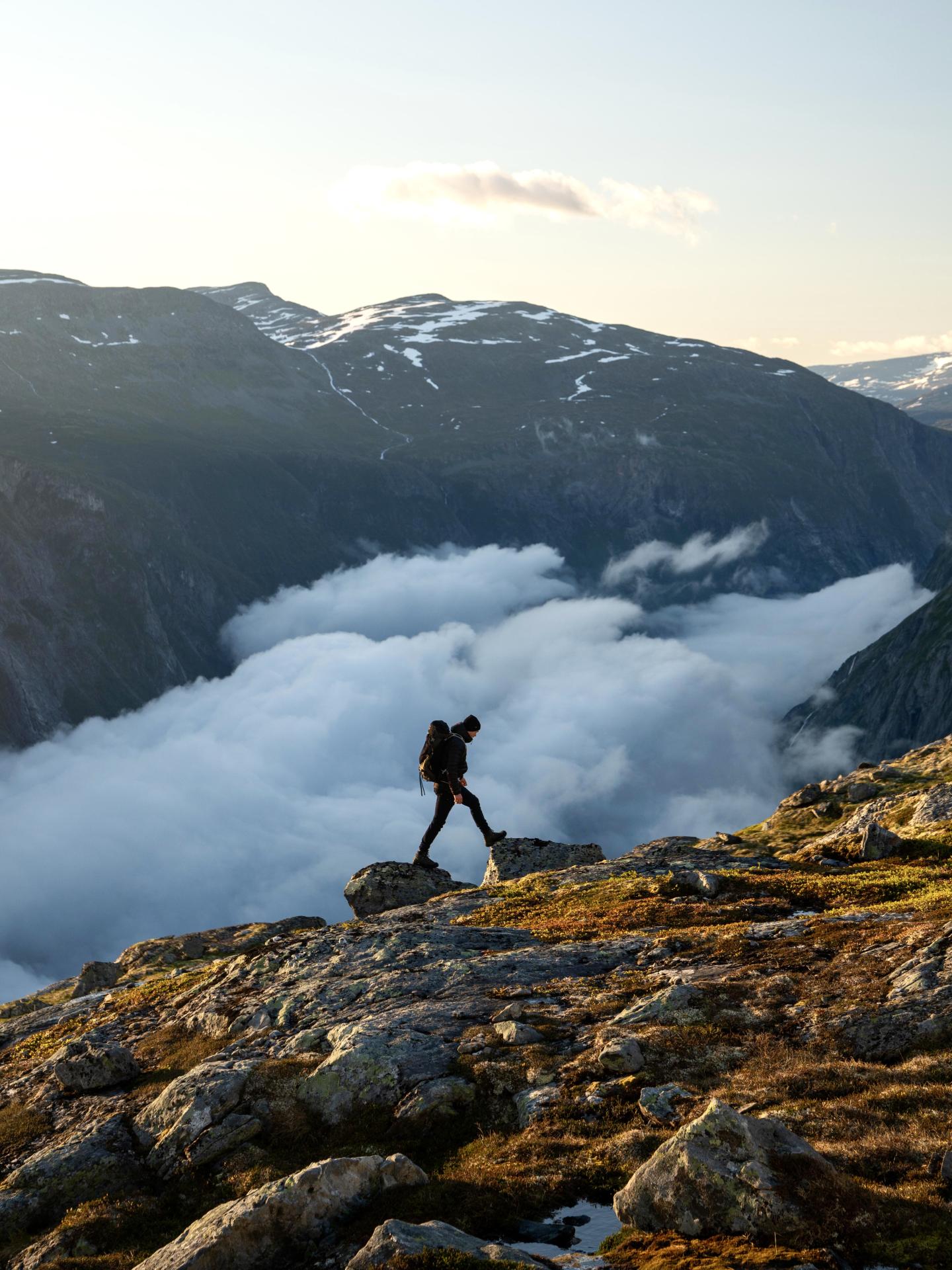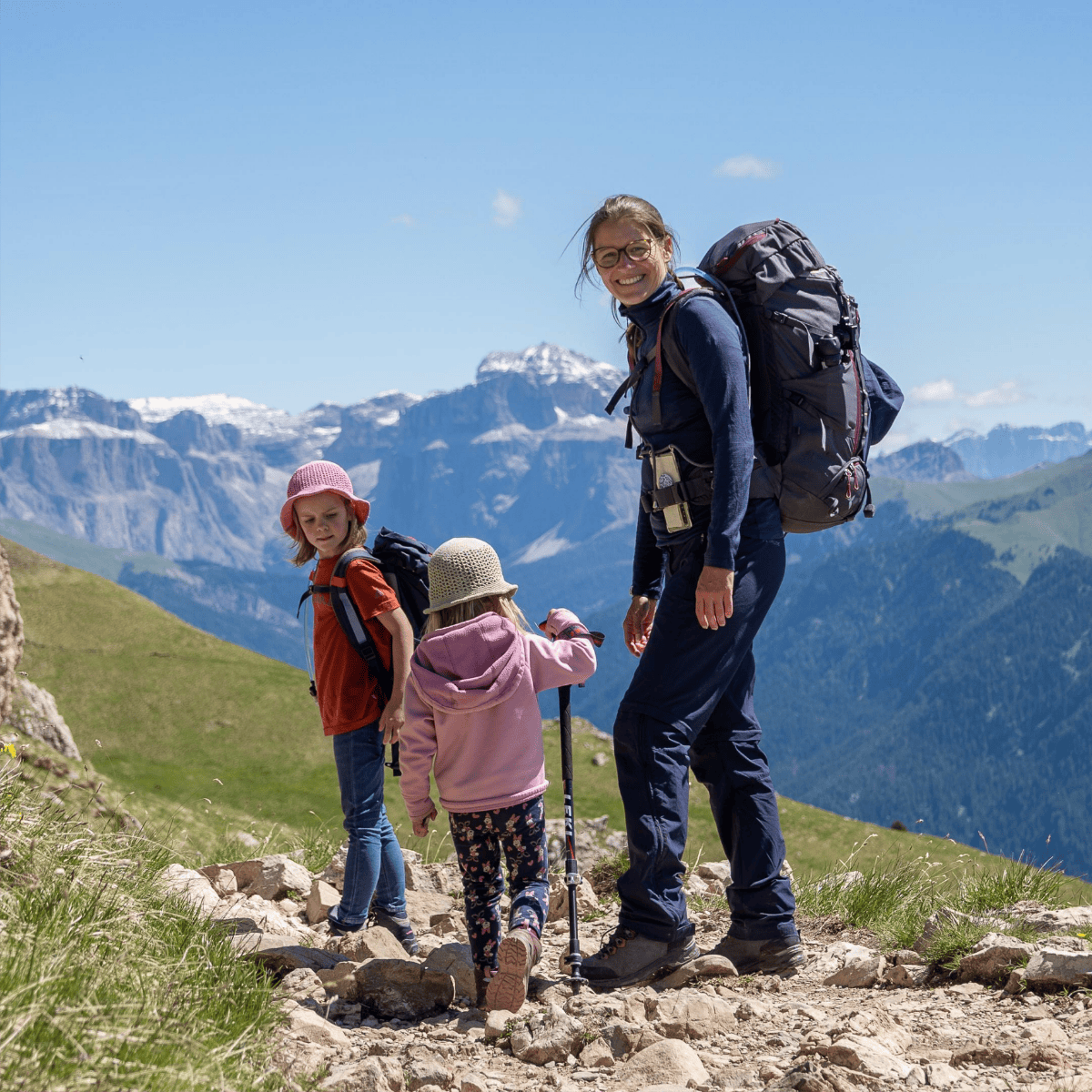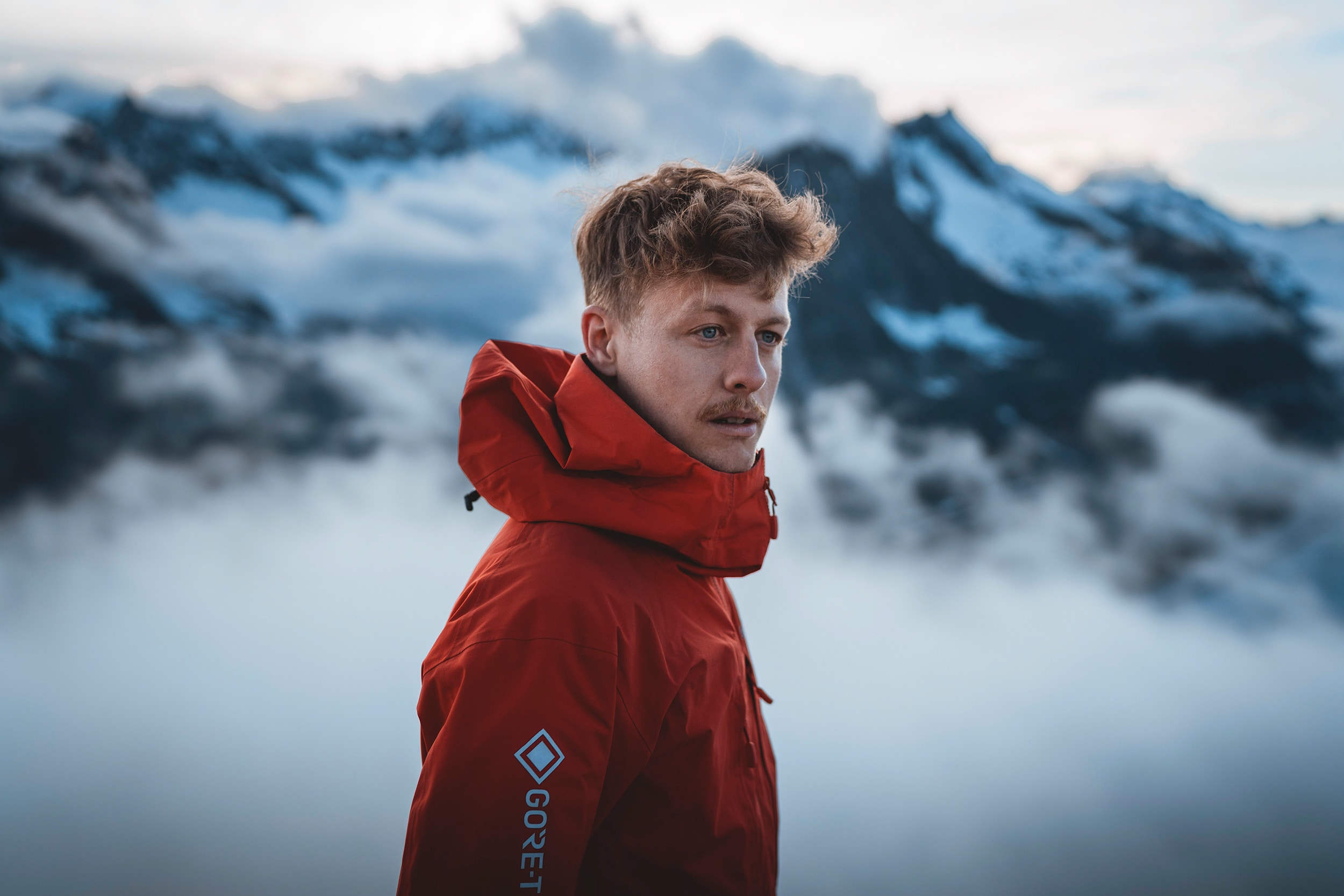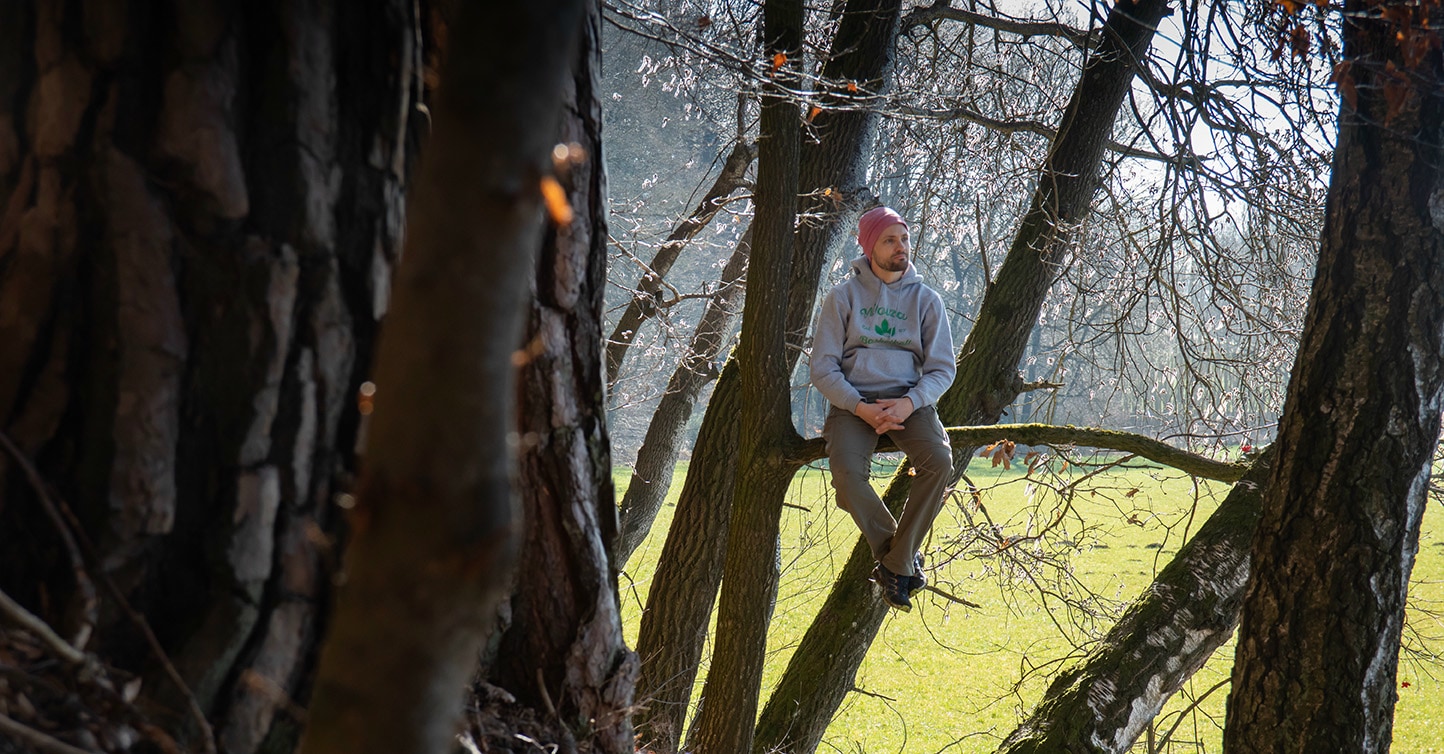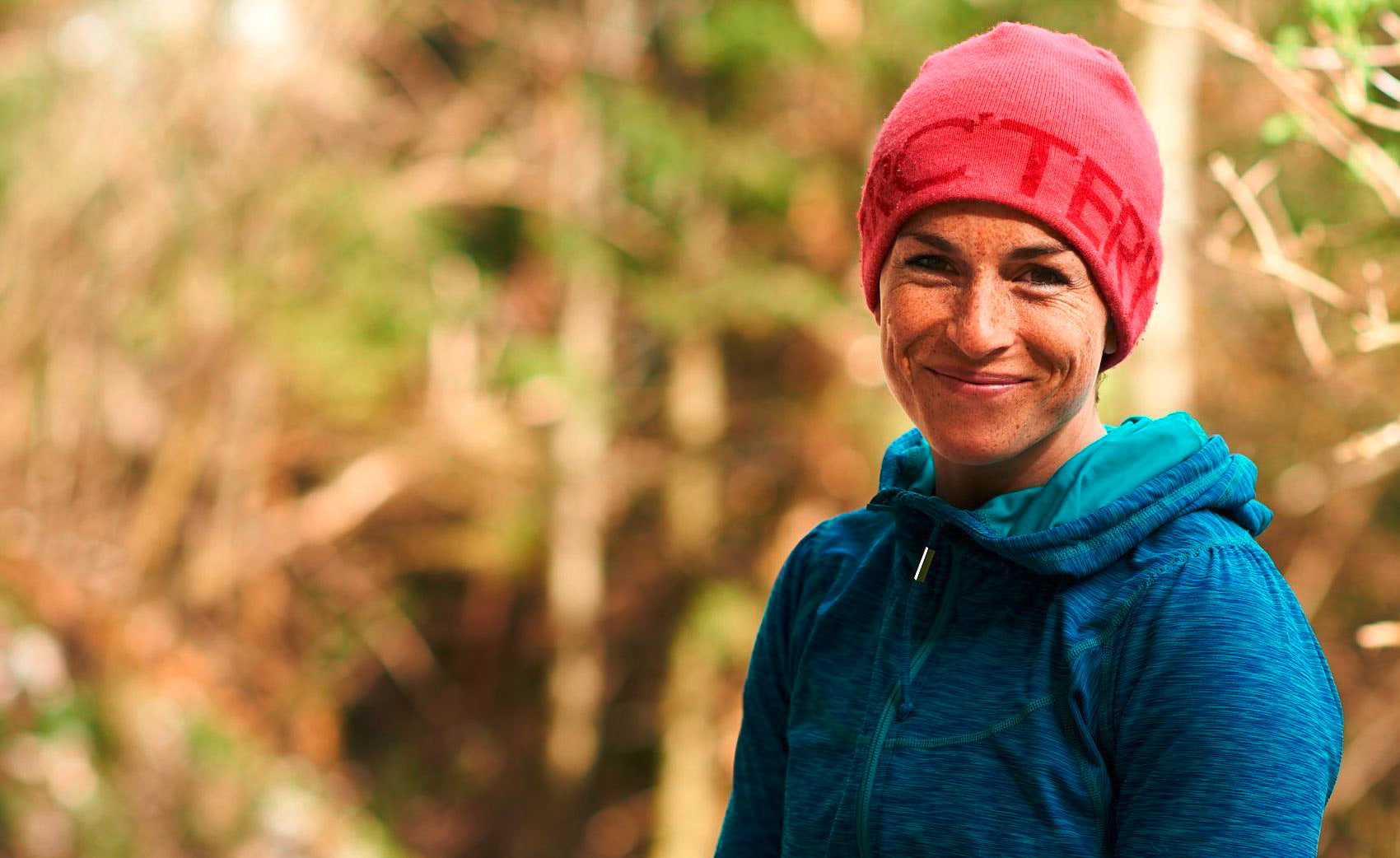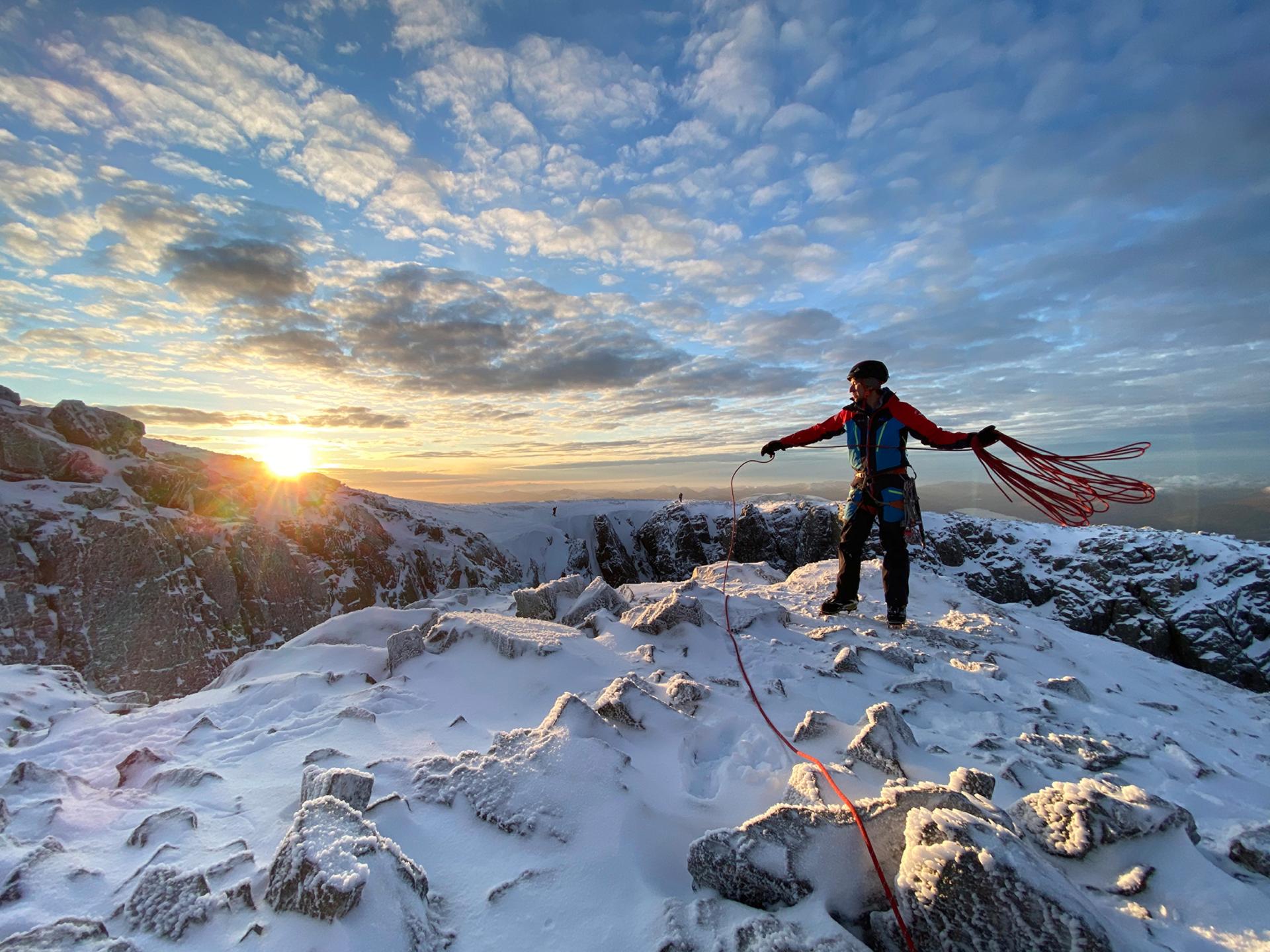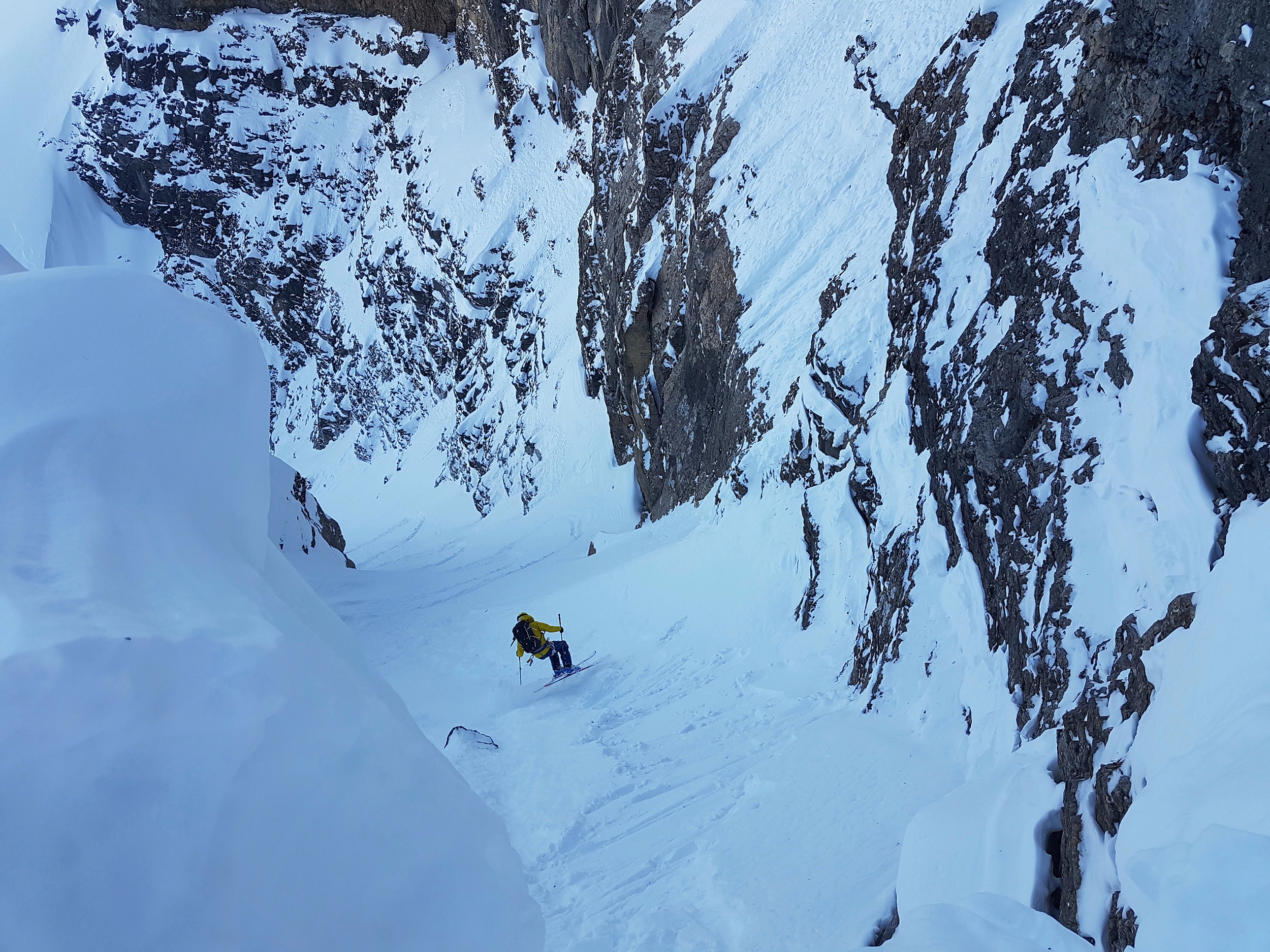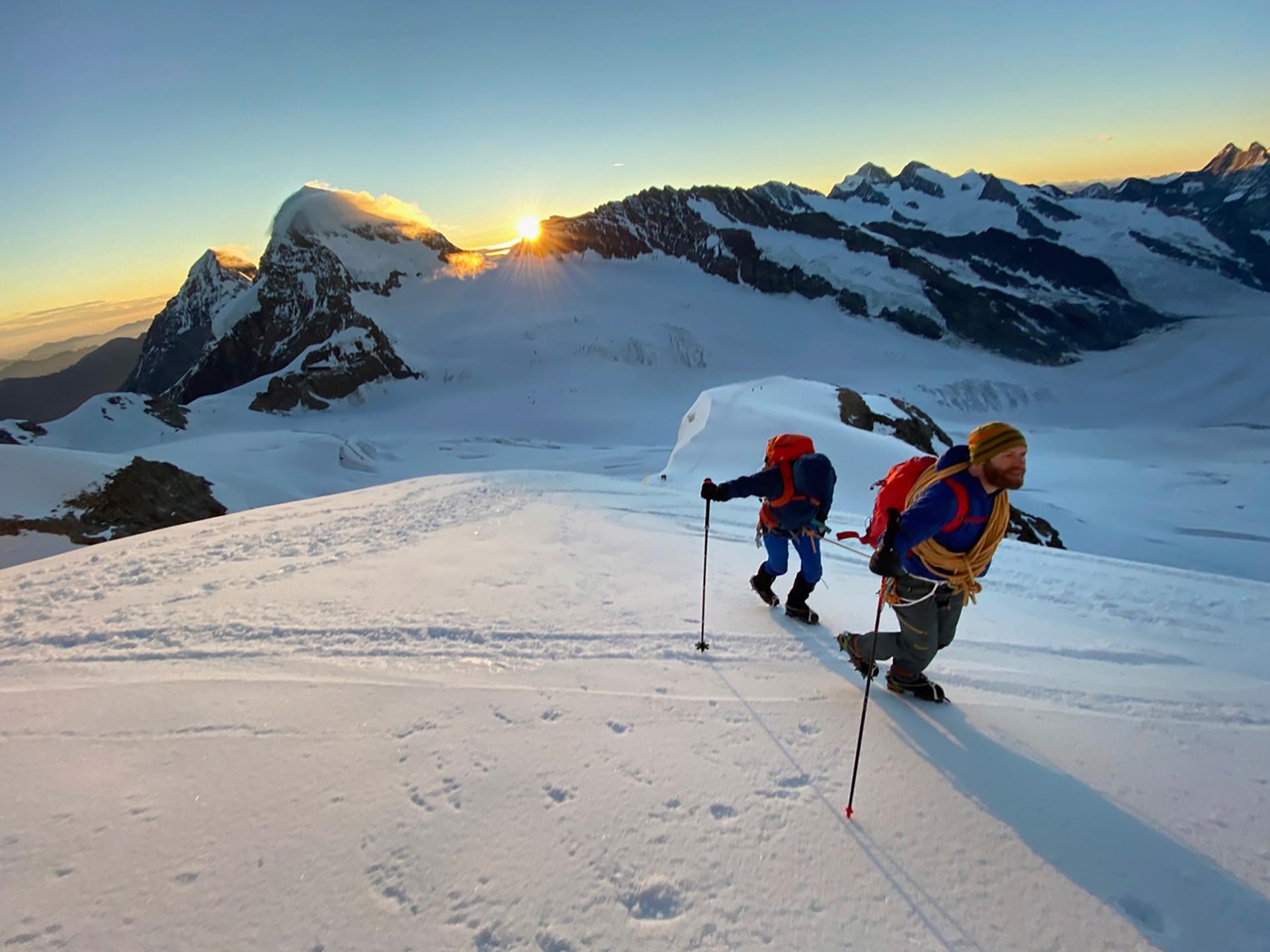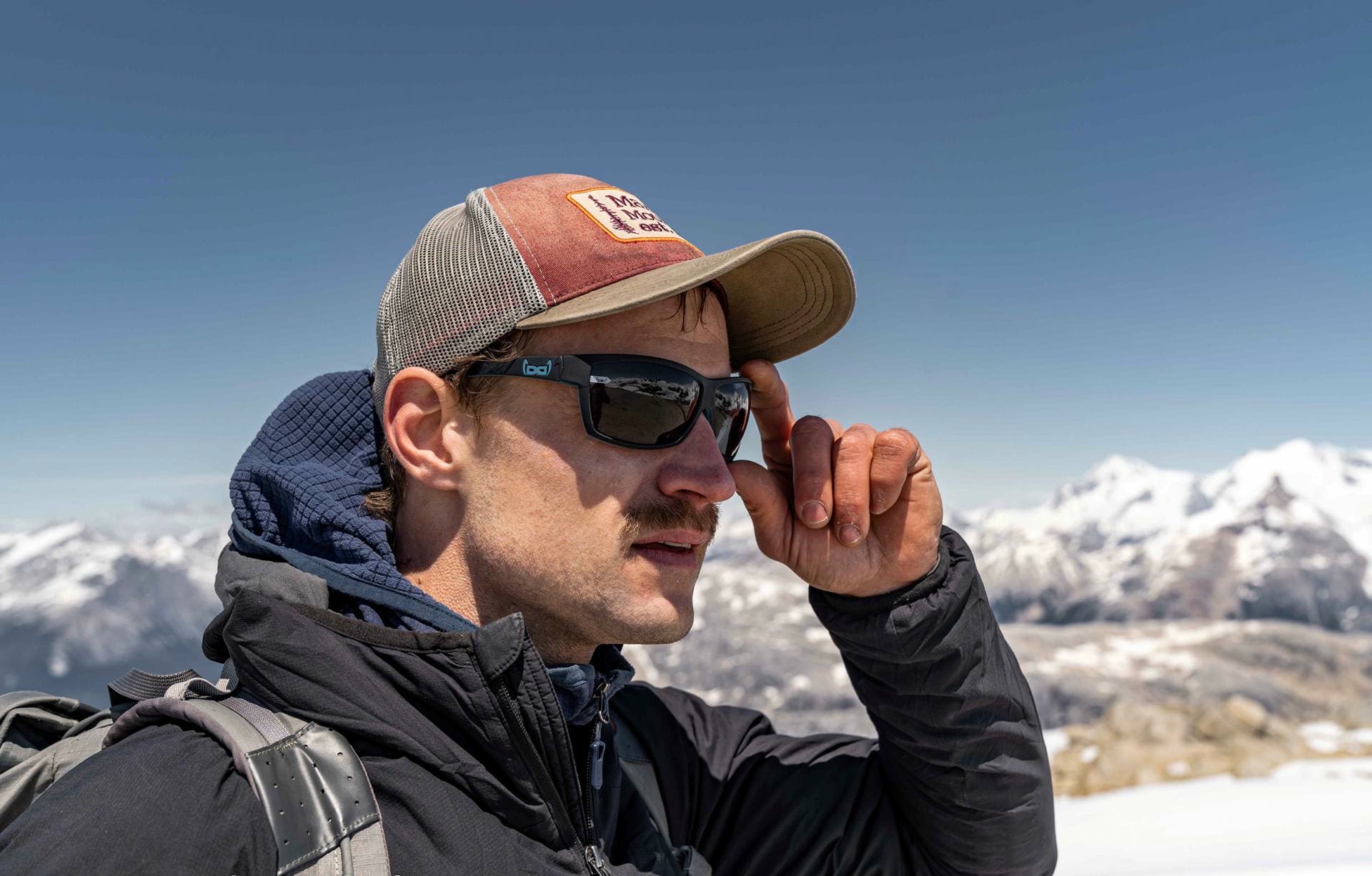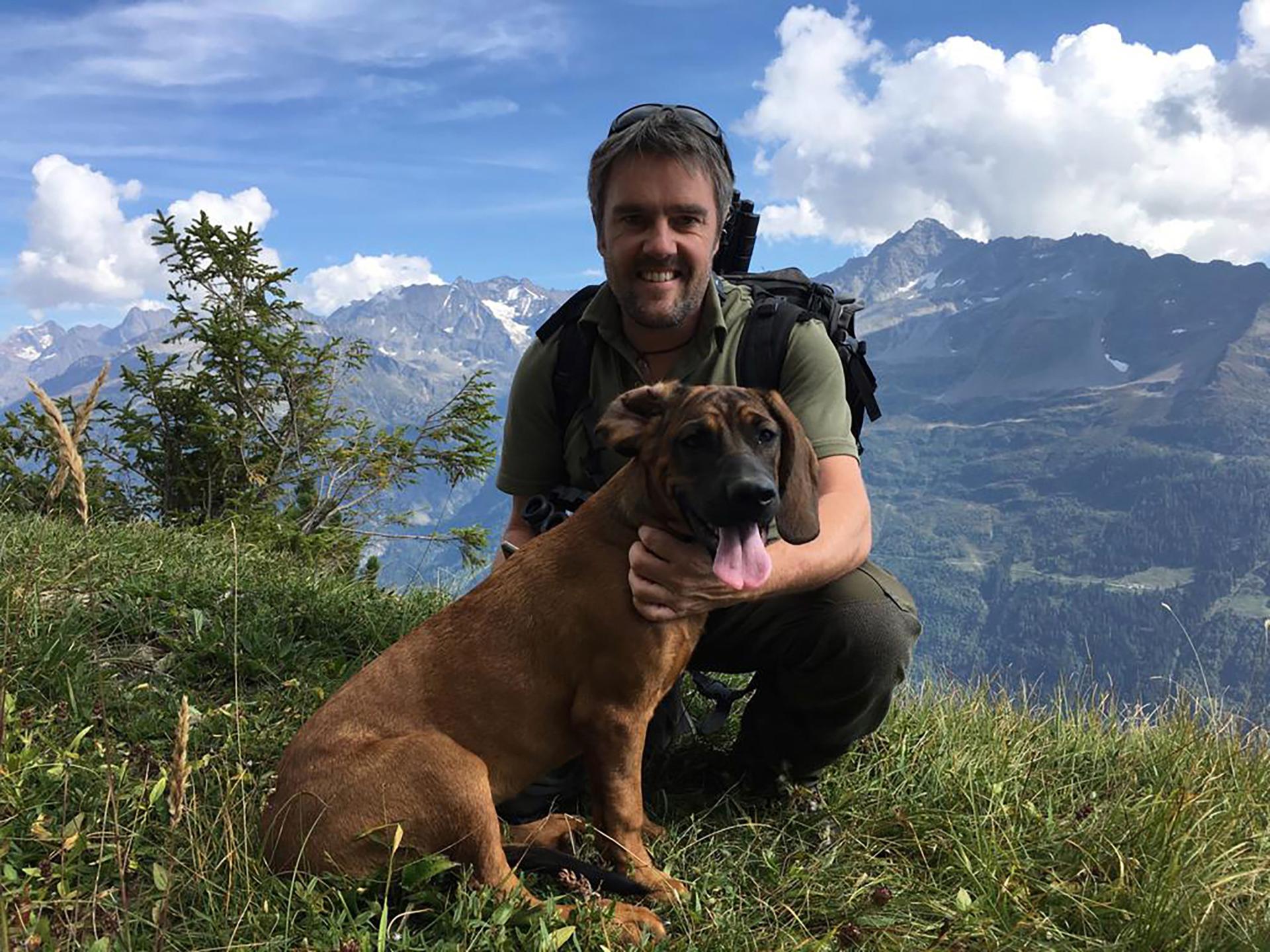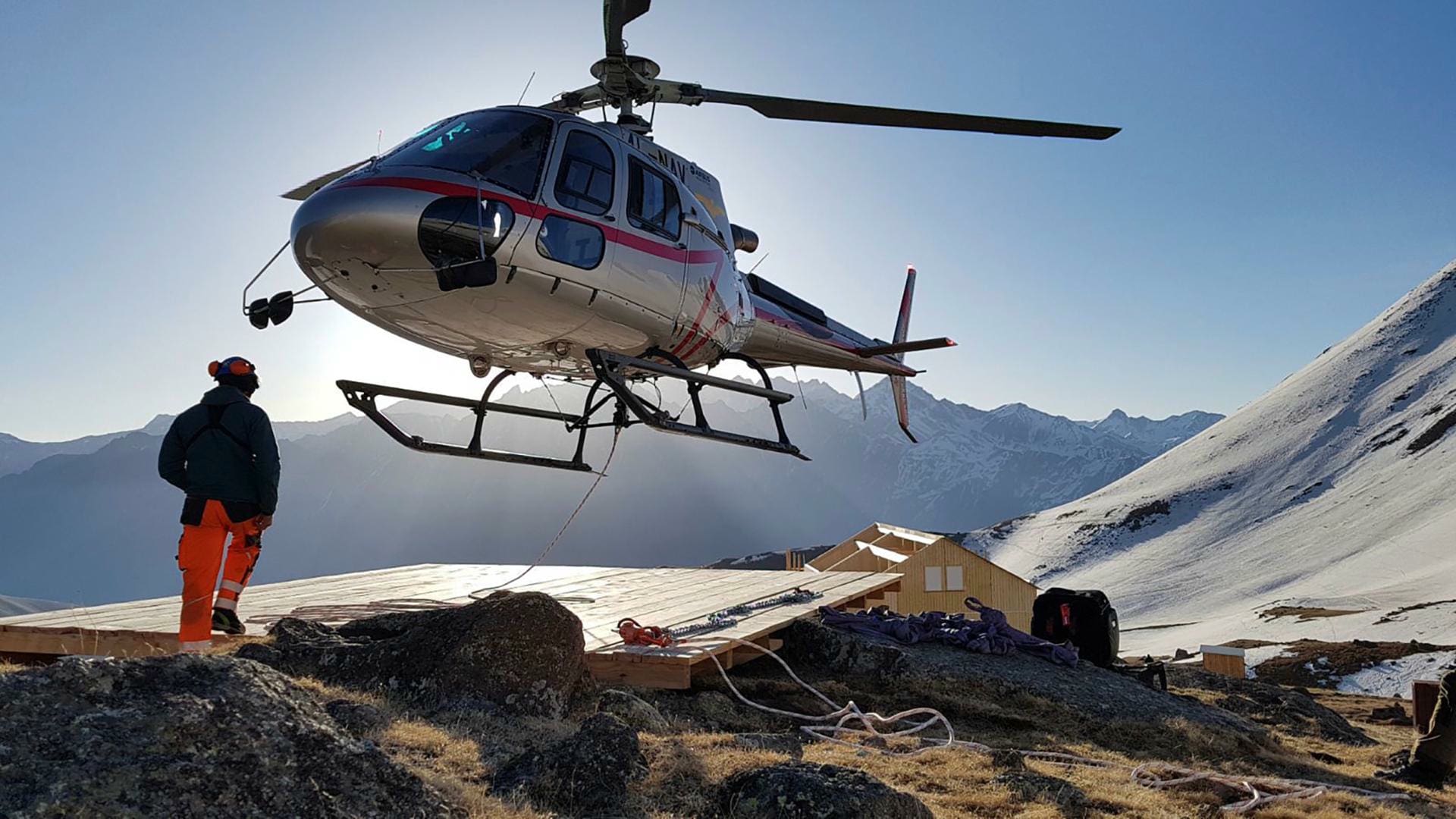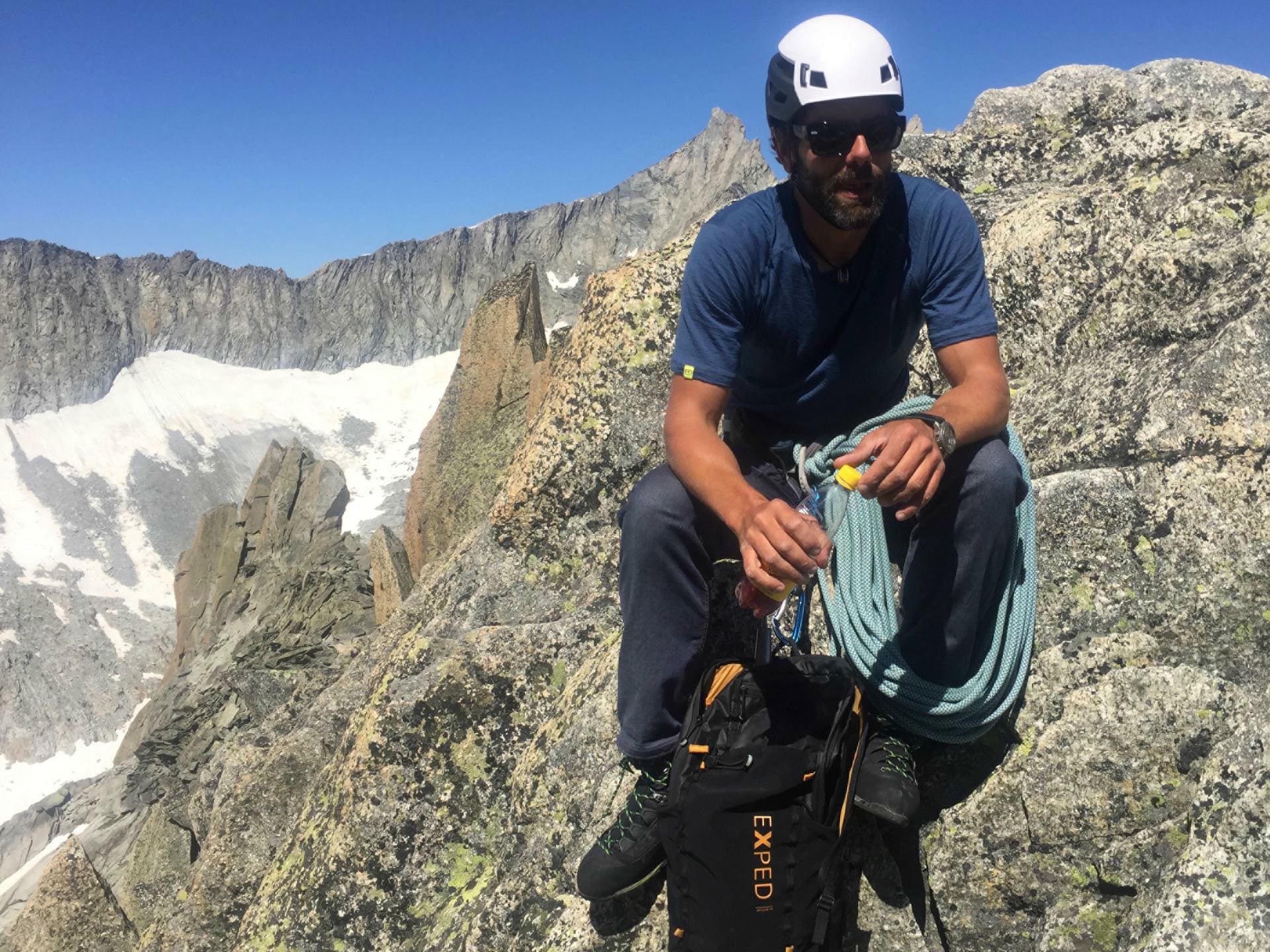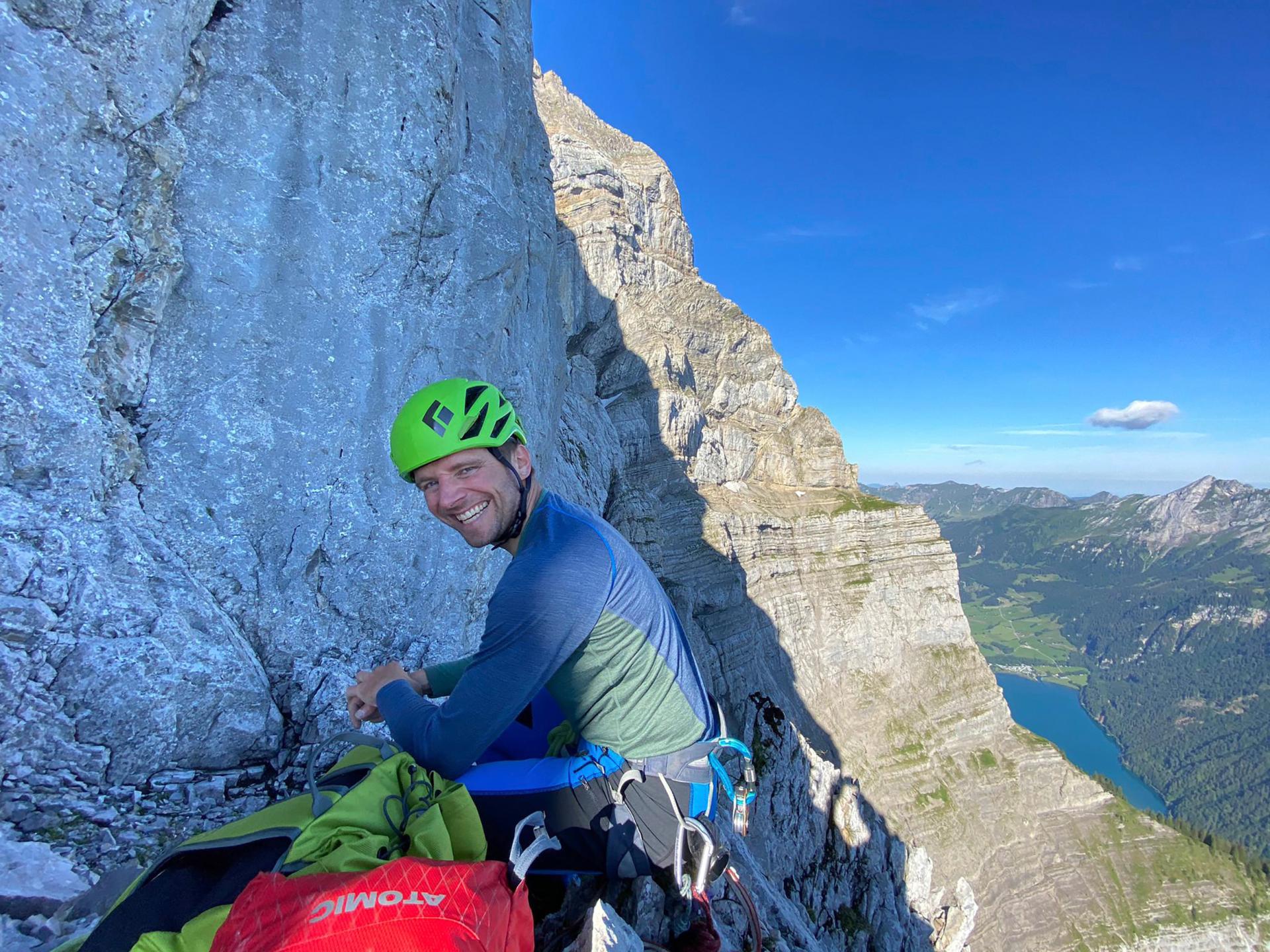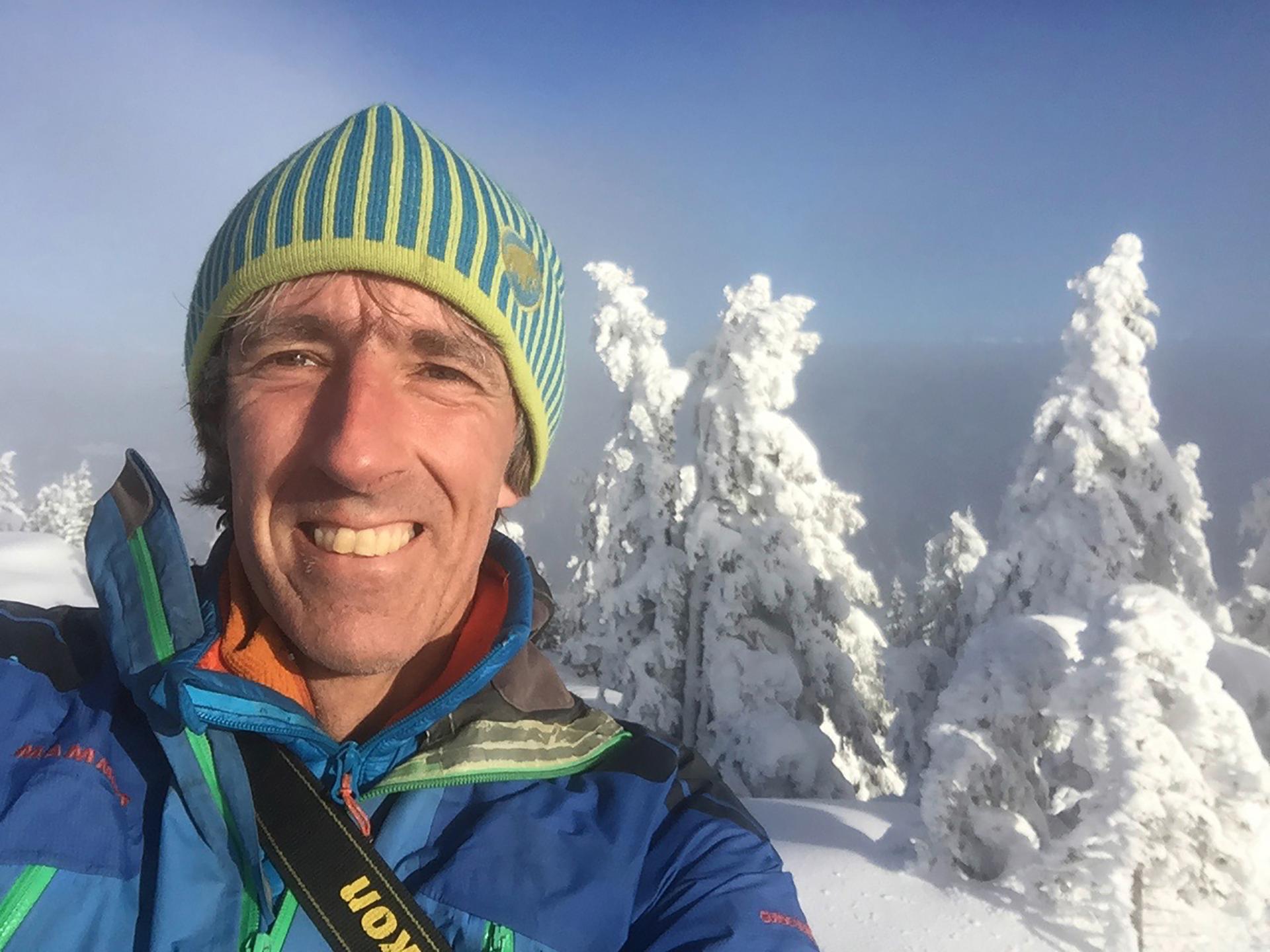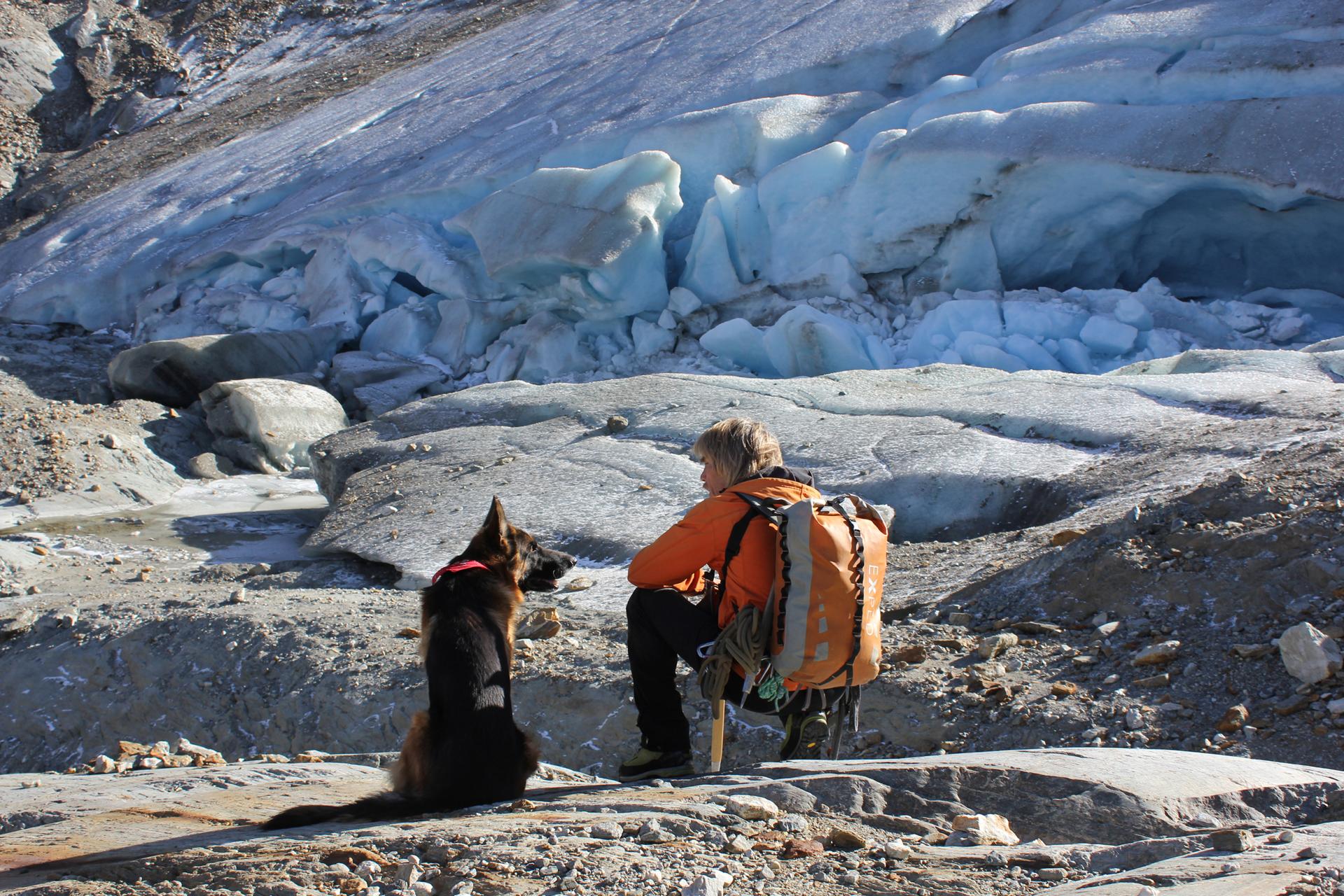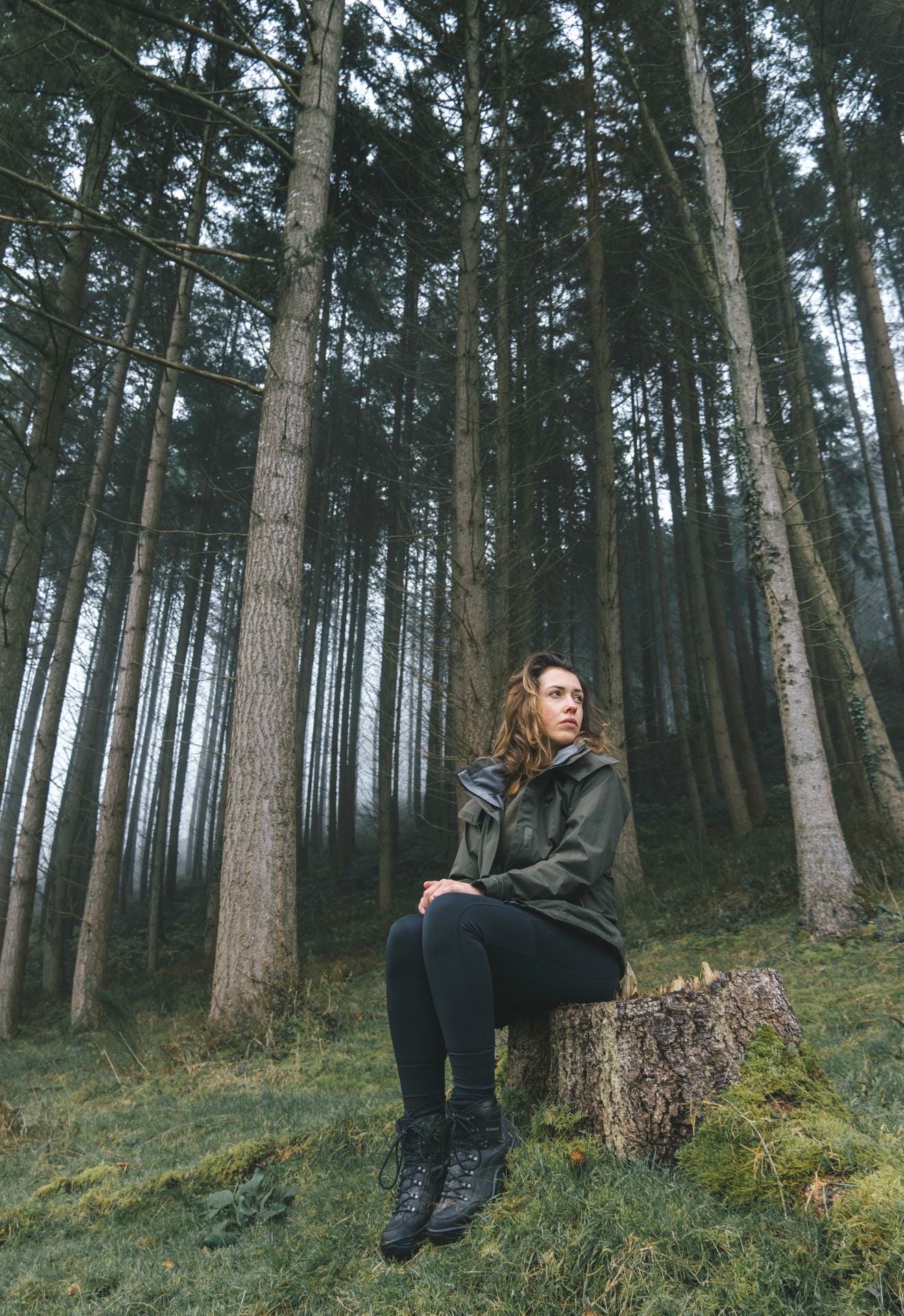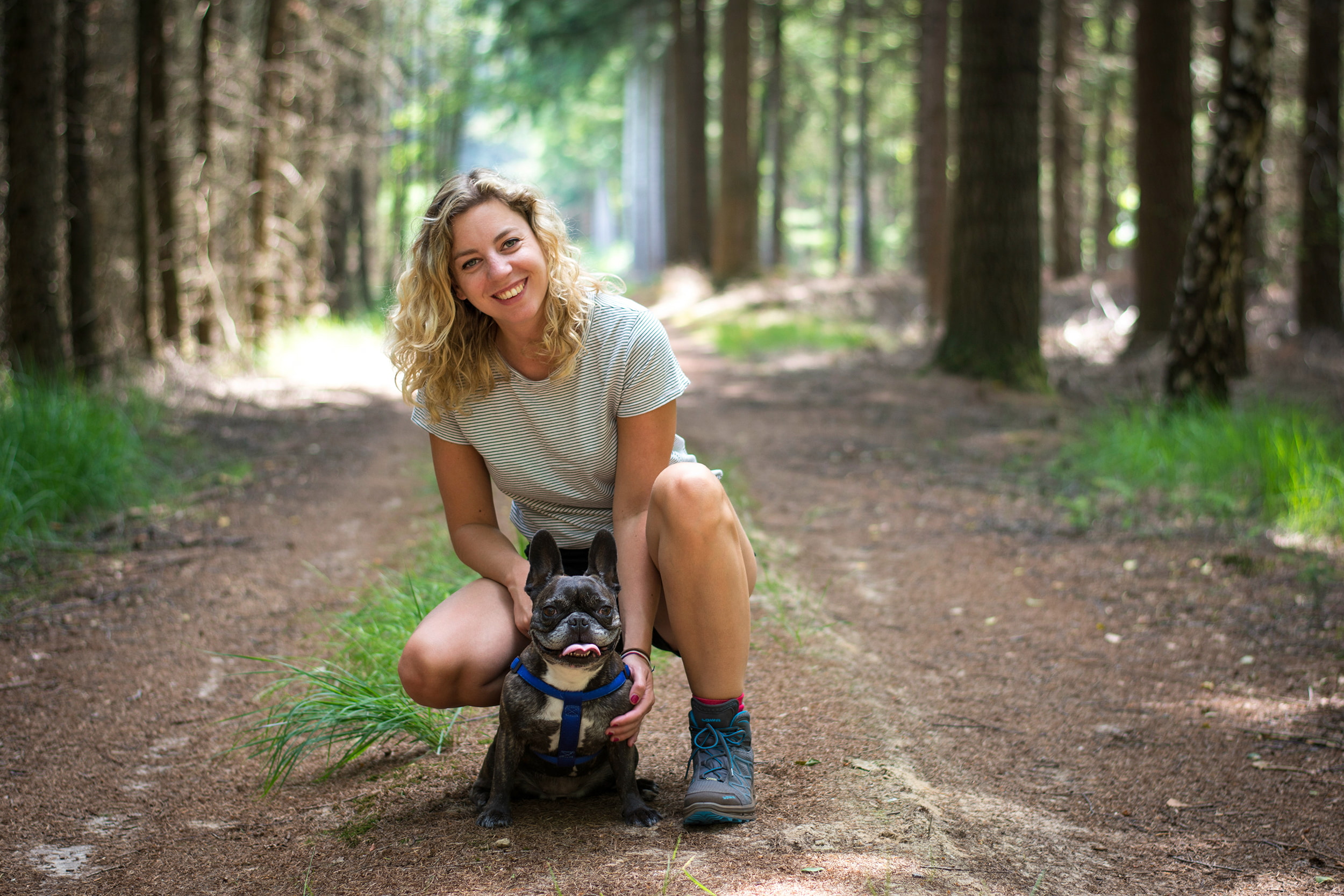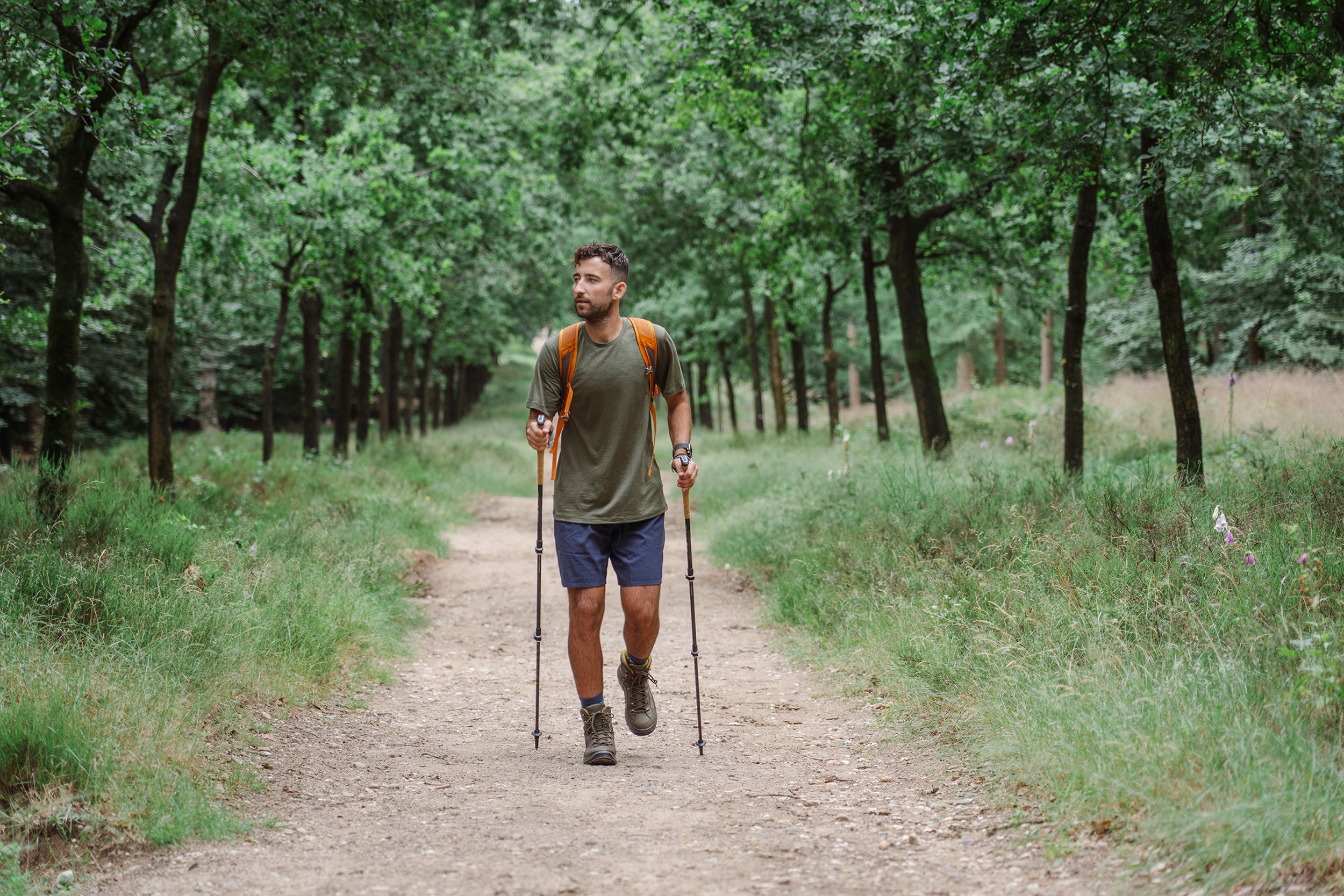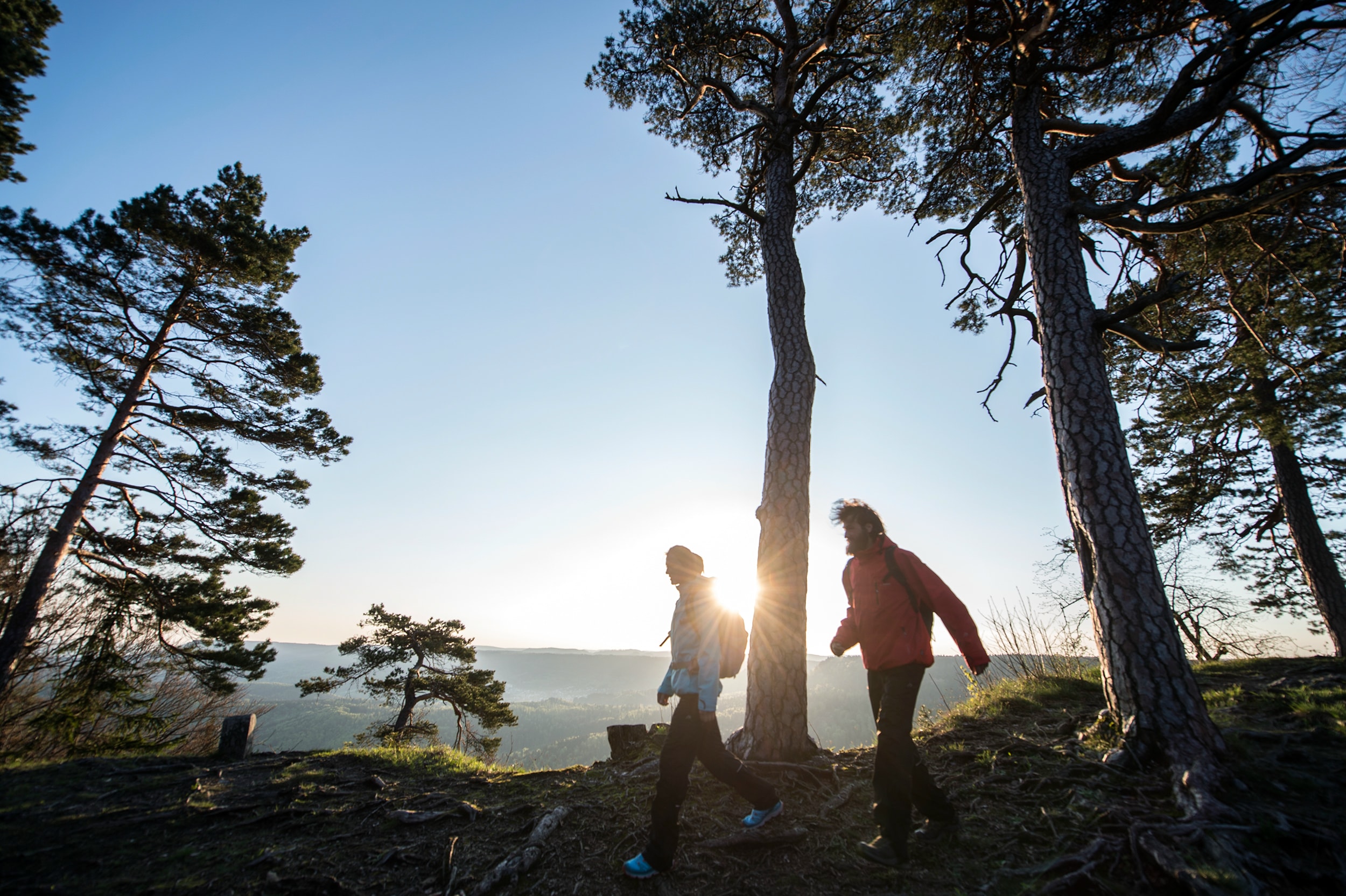Blogs, podcasts and social media channels offer outdoor enthusiasts a wide range of inspiration and often important expertise. We see collaborations with selected bloggers, photographers and social media players as a central component of our communication. We see these partners as brand ambassadors and "friends of the brand". It is important to us that the cooperation takes place on an equal, fair and friendly footing. We are delighted with the numerous adventures that our partners regularly take us on and can only recommend everyone to follow their channels as well.
NEWS
OTHER LOWA TEAMS
All Products
